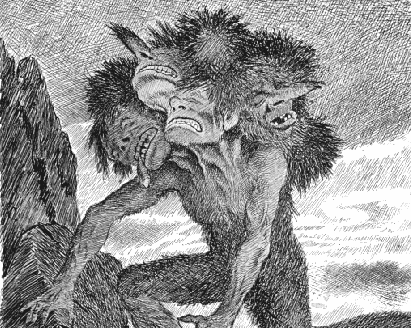
Trolls with many heads can easily have trouble coordinating their actions. (The Dying Troll) by Theodor Kittelsen. Click on the image to see the full drawing.
Should you bring an umbrella to work today? To help decide whether to carry an umbrella with us or not, we might look at the weather forecast. Based on the information about the likelihood of rain we then make our decision. Knowing the likelihood of rain, different people come to different conclusions based on their willingness to take risks of getting wet versus the extra load of carrying an umbrella. The weather forecasts are made on the basis of Earth observations like temperatures, precipitation, air pressure and so on. This is a very simple example of how we use Earth observation systems for decision-making and its societal applications.
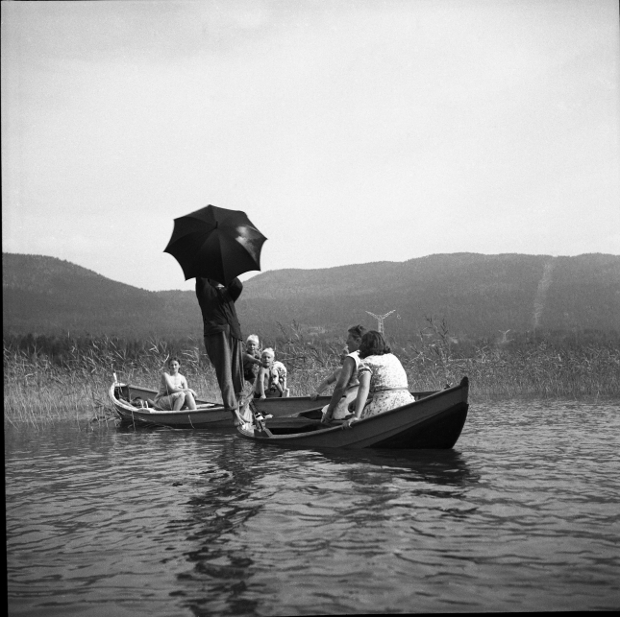
Balancing the pros and cons of bringing an umbrella with you is often based on weather forecasts that give information about the likelihood of rain. Photo: Per Einar Lilja Bye. Courtesy of Byefoto.
Most nations have established earth observation systems where the richest among them have space-based observing capacities in addition to the ground-based or so-called in-situ systems. An appreciation of the fact that managing national interests (national decision making) rely not only on national observations, but require both national, regional and even global observations and information, formed the basis for creating the Group of Earth observation (GEO). GEO is the coordinating body for some 86 nations and 65 participating organizations agreeing to build a Global Earth Observation System of Systems (GEOSS) that will serve as a tool for national decision making. Earth observations are important in most areas of society, but in order to focus the efforts – and communicate GEOSSs benefits better – nine societal benefit areas has been identified: Disasters, Health, Energy, Climate, Agriculture, Ecosystems, Biodiversity, Water and Weather.
What is GEOSS?: The Global Earth Observation System of Systems
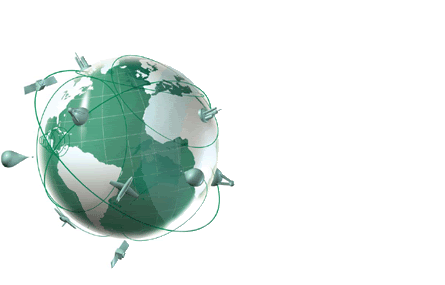
Click on Societal Benefit Area icons to go to the relevant page
One of the key challenges of implementing GEOSS is connecting GEOSS and its stakeholders in science and technology. Establishing a fruitful and effective communication and reaching the entire community with relevant information is thus pivotal and what I regard as part of taming the n-headed troll.
From all corners of the world, the Earth observations community was gathered in Bonn, Germany this May 2011 to participate in the Workshop called Connecting GEOSS and its Stakeholders in Science and Technology. I was contributing to that workshop and gave a presentation titled Using New Media to Connect to All Stakeholders across All Social Benefit Areas where I was discussing how we can use new media to facilitate this dialog. In the following I am repeating what I said at the Workshop and expanded with some more in-depth information and additional thoughts.
New Media
Science2.0's slogan is 'Join the revolution'. In many respects it is indeed a revolution; the way science communication is being developed along other societal and technological changes. The introduction of new media has changed the way we communicate with each other across social and geographical boarders.
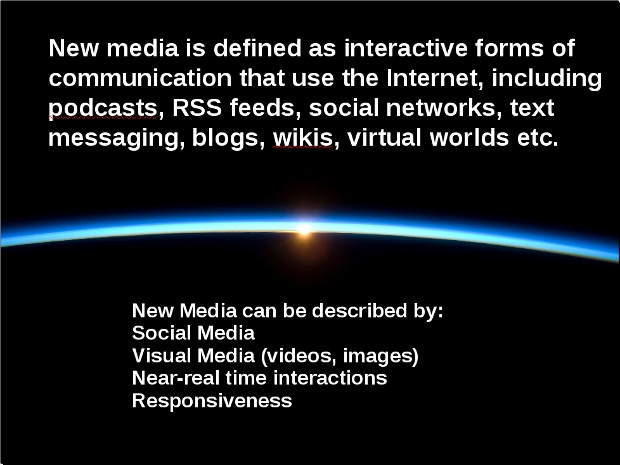
There are several definitions, more or less refined, of what the New Media is. Above is a short extract for a quick overview. Read more about it here.
When addressing the Grand Challenges of our time such as environmental change, The International Council for Science (ICSU) talk about the need of a new social contract between Science and Society. Society at large does no longer accept the former ivory tower community or the we trust you because you are an expert (scientist). If we look at ClimateGate, the 2009 hacking incident of email accounts belonging to leading climate scientists from the UK, the lack of trust and the absence of an updated and accepted social contract becomes quite evident. In spite of multiple independent data recordings, several investigations confirming that no wrong doings were made, the society at large maintained questioning the reality of what the scientists presented as objective facts accepted and quality checked by the peer-review system. The most important observation in the case of ClimateGate is however how the scientists are being seen as complete human-beings with all their short-comings, flaws, subjective motives etc. Not an ivory tower in sight.
Many argue that increased transparency is what is needed. As I illustrate in my article ClimateGate - The Truth About Transparency there is more to it than just transparency. All the same, the UN-commissioned report by the InterAcademy Council (IAC) who investigated Intergovernmental Panel on Climate Change (IPCC) wrong estimates of the Himalayan glaciers melting time, recommended an improvement of the IPCC working processes emphasizing the need of more transparency and traceability. BBC's Environmental journalist Richard Black covers the development of IPCC and its processes and reported recently about the progress of the new working modes of this UN group. He was happy with the increased access to documents but argued it would be even better if the meetings of IPCC were open to the public for full access to the discussions.

The United Nations HQ in New York City, USA. Credit: United Nations
A combined full engagement of both experts and society at large is what is needed, really. We have to accept that attending meetings (open to all) will not be sufficient. Sitting in in a meeting will still just be listening in, not actually taking part of the process. It will continue to be a 'us and them' kind of thinking. New media with its opportunity of a two-way communication; interactions and responsiveness that will bring the different groups and layers of society closer, can ultimately create a 'we' rather than a 'us and them' approach to for instance solving the Grand Challenges. A part of the new social contract between science and society will have to entail 'we are in this together'.
For GEOSS, who is a cornerstone in the solution of the above mentioned Grand Challenges, new media represent a tool to not only offer a real ownership to its science and technology stakeholders but also to the rest of society encompassing decision-makers who influence the budgets and policies necessary to implement GEOSS.
Stakeholders
So who are the science and technology stakeholders? It should be self evident, but it is somehow necessary to say it explicitly: the science and technology stakeholders is a highly diversified group of PEOPLE. Science and technology stakeholders represent a multitude of scientific and technological fields. It suffices to look at all the disciplines covered by the American Geophysical Union (AGU) amounting to around 30 different fields within Earth and space science. In Europe we find the European Geosciences Union (EGU) with a similar set of subgroups. The science and technology community consist not only of the performers mentioned above, but also the funders and policy-makers all trained in different professions; lawyers, psychologists, economists, historians etc.. Moreover, these stakeholders represent numerous countries and cultures and perhaps the most overlooked fact – they are humans with all it encompasses of being emotional, having a personality, being involved in personal relations with friends and families, having political and religious views – basically the whole package of being a human being.

Science and technology stakeholders form a diversified group of people - they represent the general public.
Lost in Translation
The movie Lost in Translation by Sofia Coppola is about a couple of Americans living/visiting Tokyo, Japan. We get an impression of how isolated and lost one can feel in another culture far away from family and friends. The differences between the American and Japanese culture are substantial as of course are the languages. Even decent attempts of translation are frequently proven futile.
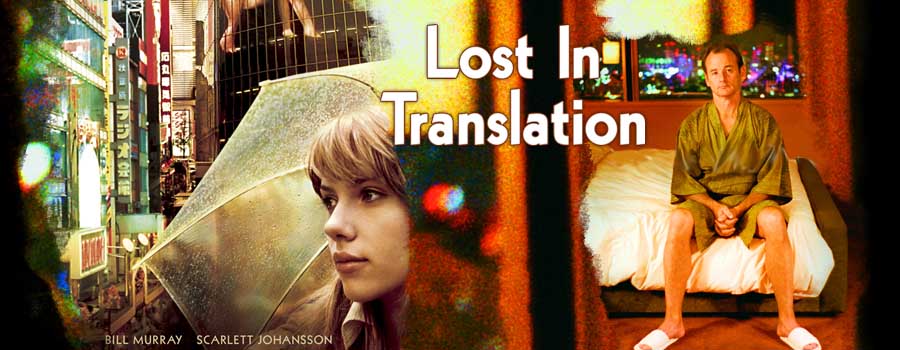
One is often led to believe that the scientific society is a homogeneous one where we all speak the same language and live in the same scientific culture. This is a big misunderstanding. The science and technology society speak a huge variety of 'languages', discipline specific, always consisting of a set of codes like acronyms that is even hard to remember for members of the same tribal group.
Addressing these stakeholders is in principle just like addressing any group of people. If we really want to reach this group we must regard them as a general public. One could of course, alternatively, identify highly specialized sub-groups that we know are homogeneous, make sure we understand and speak their tribal language and then formulate our messages accordingly. The latter limiting the number of people one manages to reach of course as it demands an awful lot of resources.
If we accept the fact that our targeted group of science and technology stakeholders can be regarded as the general public then the next step is to fight for their attention. And make no mistake, there is a tremendous fight for their attention, from within their own fields, from their families, from general news, from everywhere. We are bombarded with information and cries for our attention every single day of our lives. Why should anybody choose to pay attention to GEO and their beloved GEOSS? Just because he or she is an Earth scientist perhaps? I don't think so. We need to be persuasive.
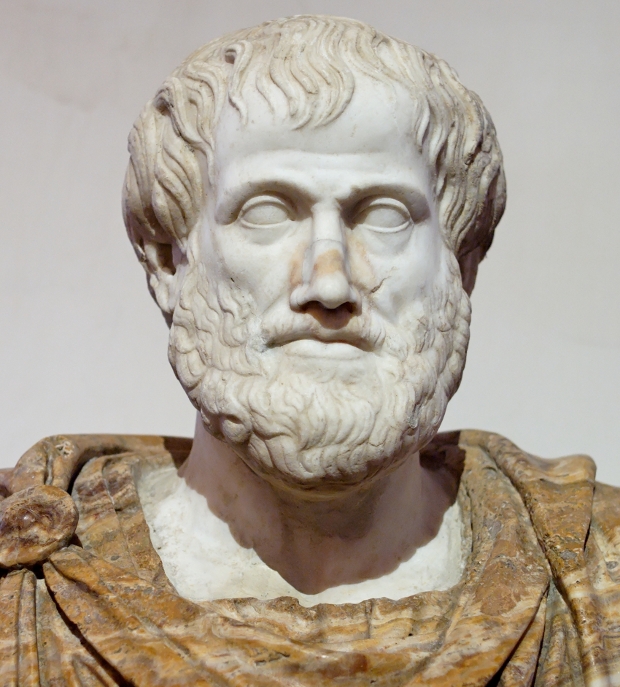
The Greek philosopher Aristotle, ca. 330 BC, wrote Rhetoric.
Rhetoric
In Ancient Greece, the philosopher Aristotle wrote about the art of persuasion in his treatise called Rhetoric. Rhetoric is, per definition, viewed as the ability in any particular case to see the available means of persuasion. He defines two approaches; one inartistic and one artistic. At his time in history the only means of persuasion (non-violent, that is) is through speech which Aristotle divided in three parts, ethos (speakers character), pathos (emotional state of listener) and logos (arguments).
What we as scientists are really good at is the logos part, reason and factual information. And what we tend to forget are the others; ethos that relates to our character, if we are trustworthy and have the right values. The ivory tower Ethos has been a topic in that we mention the ivory tower and trust in experts, and as I pointed out earlier, that is not what it once was; pathos represent the emotions, appealing to our senses and ultimately our hearts. An element of rhetoric technique that is hardly ever exploited within the science and technology community.
In modern rhetoric images and moving pictures (videos) can be added to the oral persuasion techniques, particularly increasing the possibility of making more extensive use of the pathos element of rhetoric. It also have the advantages of being less dependent on culture and language translation is of course obsolete.
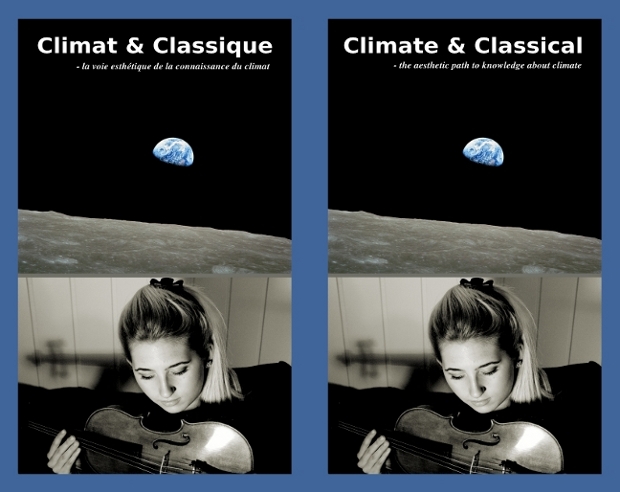
Translating science and technology (within and outside the community) requires not only the use of inartistic means of persuasion, but also the very often ignored artistic element. In the performance Climate&Classical both visual art and live music is included to convey the information( logos).
Making a fool of oneself
Talking in codes is considered a virtue in too many scientific communities. A part of our scientific education is definitely about learning a field specific language, using the right words and expressions. In many respects this is more than acceptable as it offers an effective way of communicating within the community – or rather the tribe. Once you move outside the tribe the very same words (in English for instance) mean and are being used in more or less different ways, complicating trans-tribal dialogs.
Keep it simple. Keep it entertaining. Keep it relevant.
Tell good stories that entertain and are relevant. It is so easy to say “use simple everyday life language”, but for a scientist who are trained to do the exact opposite it hurts. Almost physically.
Expressing oneself in simple daily language is risky business for a scientists with academic ambitions. Your colleagues will be all over you if you make a simplification that can be misunderstood and thus misinterpreted in a bad way, a possibility that comes with most simplifications. We have no choice, though. If scientists do not take THIS risk, they risk not being able to do science at all anymore as the resources will eventually dry all out along with the increased number of citizens without knowledge about science and its role in society.
In order to overcome the cultural barriers and get the attention for the subject, in this case the building and use of GEOSS, an improvement of logos that takes into account the fact that information must be understood in many 'languages' is still desired. But it is most of all in appealing to peoples feelings (pathos) that we can succeed in reaching out to the entire science and technology community. Which can, for some of us, feel a little awkward since research training focus on sense rather than sensibility.
How I have used new media in scientific outreach
In general I'd say that I am late developed. Both physically and mentally. I'm not even kidding you. I'm definitely late with respect to getting involved in the new media. It wasn't until 2007 I started to explore social media. It all started very carefully with setting up that blog for the science and outreach expedition to China and Tibet, called Geodetic Journey. It was not possible to update this blog as much as we wished as the technology was not yet on our side. It would have worked better today, I'm sure. We wouldn't have been able to travel in Tibet though, but that is another story.
How it all began
Geodesy was, and still is, a rather unknown field of science, and as I was a member of the Global Geodetic Observing System's steering committee, chairing a working group on Outreach and User Linkage, I had started to do research on ways of communicating geodesy to a broader audience. The Geodetic Journey was thus a response to a huge need of public outreach for this community, and after the modest blogging experience from Geodetic Journey I continued to look at what else one could do. Totally by accident I stumbled over StumbleUpon (sorry, couldn't help my self with that one...), a website that combines websites bookmarking and blogging and where you socialize while sharing information with people who have the same interest as you have. I was warmly welcomed by some 'veteran' StumbleUpon community members and quickly started to use the bookmarking services both professionally and for leisure while playing around with blogging in its simplest form (basically posting images adding a silly comment or two).

Join the Revolution!
Not before long I was approached by Hank Campbell who invited me to become a columnist at Scientificblogging, later named Science2.0. And so I did. As a native Norwegian with English only as my second language I was flattered, I have to admit. But I was more than astonished when I also was contacted by Astrocast.TV and asked to do web-TV production. Astrocast.TV is the brainchild of Richard Matthews, one of the pioneers of CNN News who now runs his own production company. Matthews gave me basic journalistic training and an introduction to TV(video) production and on Earth Day 22. April 2009 Astrocast.TV's A Green Space – A Green Earth was launched with an episode about the launch of ESA's GOCE satellite. Astrocast.TV is now a multiple Telly Awards winner.

At Astrocast.TV we use the general publics interest in general news to catch their attention. We reach the segment that has a certain interest in science and technology (space).
From science to award winning journalism – and back again
My journey from the scientific community (I was Research Director at the Norwegian Mapping Authority when I began outreach) via social media to journalistic training resulted in some unexpected outcomes. Based on the feedback I've gotten, I seem to have succeeded in reaching both young and old, men and women across all social layers (that have access to internet!) from all corners of the world. That is also what I tried to achieve, to produce something that communicated to the society at large. But I discovered another unexpected effect – or use – of the material I produced. The scientific community, where I come from remember, uses my material within the scientific community itself. For instance, some of my articles and videos are integrated in University courses curricula.
Conclusions
In order to connect GEOSS with its science and technology stakeholders, producing outreach material to the GENERAL PUBLIC is actually the way to go. It is just another way of saying that being an expert in one field doesn't make you an expert in all fields. It is ridiculously obvious but evidently it has to be said in capital letters; we are all part of the general public. By addressing each other as general public also within the science and technology community we can shortcut at least some of the Lost in Translation effects of being alienated, that which comes with not understanding the language nor the discipline specific culture.
What next?
I mentioned briefly that I get feed-back from my audience. The future lies in the feed-back. That is how we can get to know who we are addressing and capture the information we want and need from them to implement GEOSS, not to mention use GEOSS as the powerful tool it will be. It is thus the interactivity and responsiveness that is the key to connect with our stakeholders. First we need to get their attention, therein lies the general public approach I advocate. But that is only the starting point for real connectivity and creation of a 'we are in this together' process.
Organizations like NASA, European Space Agency, JAXA, AGU etc. have started to use social media such as Facebook, Linkedin, Flickr and Twitter to connect with their audiences. Connecting GEOSS to its science and technology stakeholders demands a further development of these tools as we are collectively responsible for the implementation of GEOSS, a very concrete project. It shouldn't be that hard to achieve this goal, should it? After all, within the science and technology community we find sharp brains, abundant creativity and masters of state-of-the-art technology.
I'm totally optimistic! (the author said, making a complete fool of herself :-))
Cultural epilogue
Since I use the term n-headed troll I will add a last culture specific comment: I am Norwegian. We love trolls. Trolls are not necessary bad, on the contrary they are exciting, mysterious, kind and well, sometimes bad. If a Norwegian tells you that you look like a troll that is most likely a genuine compliment. We think trolls are cute; messy-cute. And trolling might just as well be considered as charming as the opposite.
Trolls (trolljenter = trollgirls)
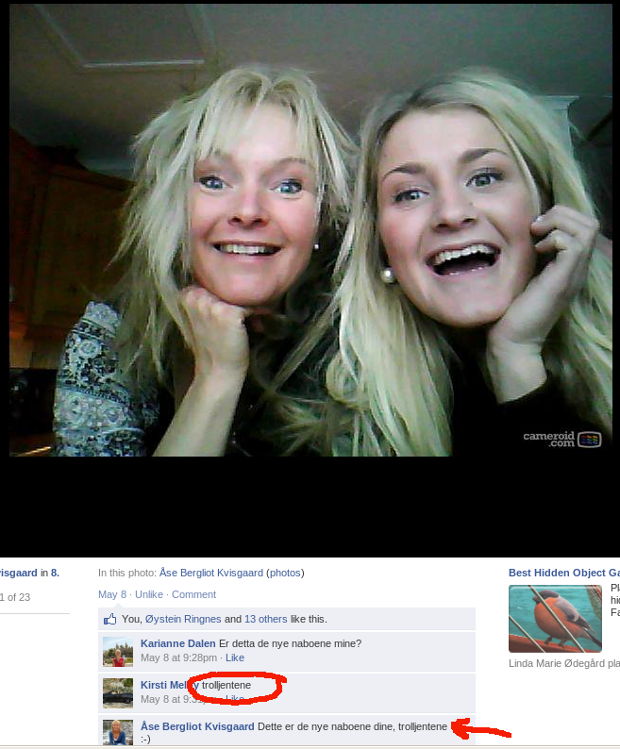




Comments